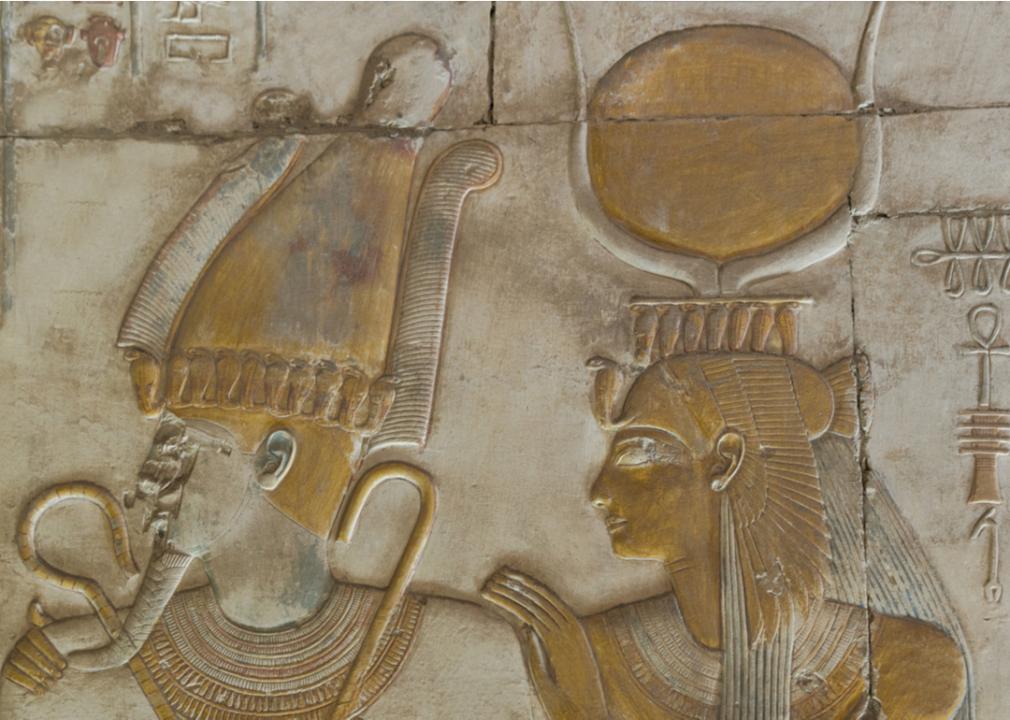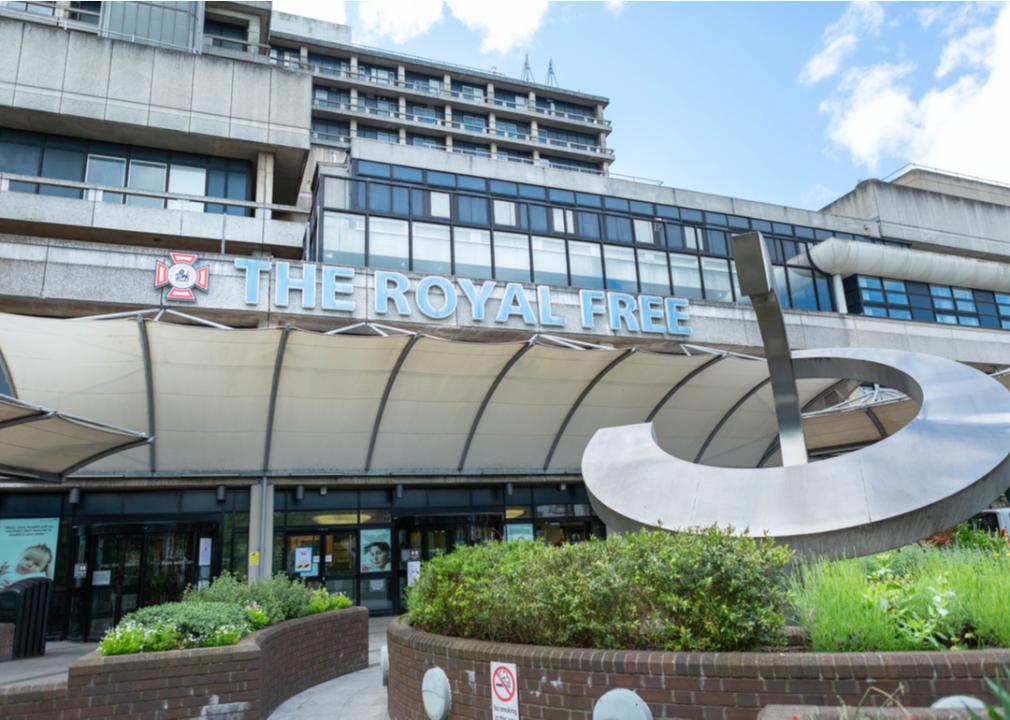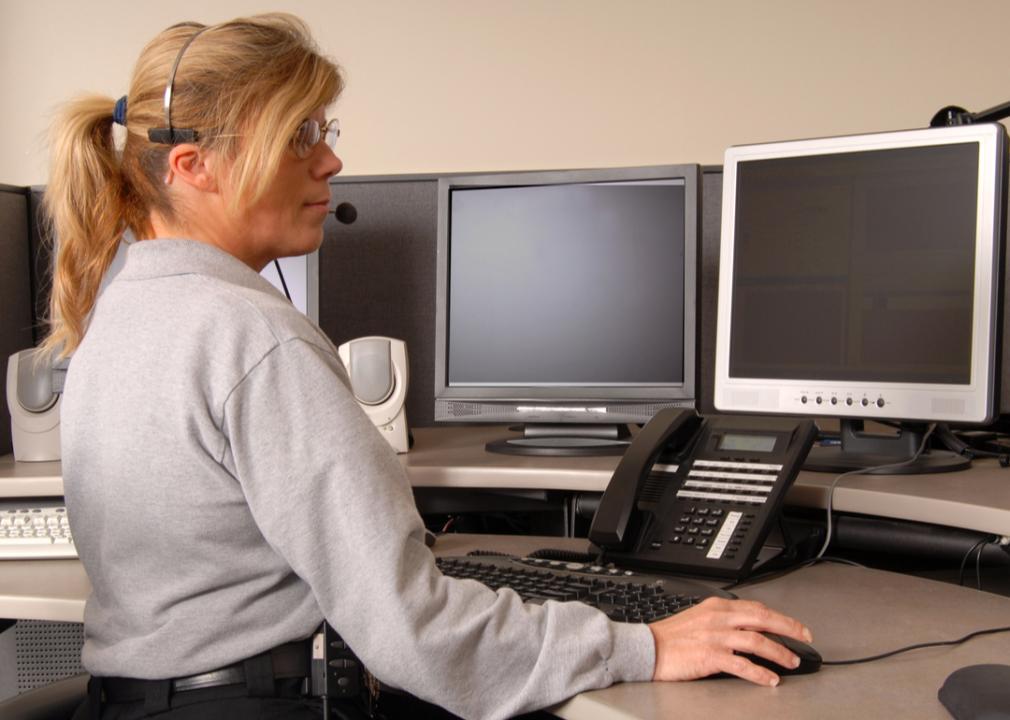CPR can double or triple a person’s chance of survival—here’s how it was developed

PlatooStock // Shutterstock
CPR can double or triple a person’s chance of survival—here’s how it was developed
A person performing CPR on a man having a heart attack

hemro // Shutterstock
Before the 19th century: Varying methods from flagellation to bellows precede modern CPR
A carving of Isis standing behind Osiris at Abydos Temple

Maria Wan // Shutterstock
1868: First accounts of sternal compression recorded
Royal Free Hospital in 2020

Racha Phuangpoo // Shutterstock
1933: William Kouwenhoven ‘accidentally’ develops modern CPR technique while researching external defibrillation
A doctor holding a defibrillator

Bettmann // Getty images
1938: Vladimir Negovsky establishes first resuscitation laboratory in Moscow
Russian scientist at the Laboratory of Experimental Physiology and Organism Reviving under the leadership of pathophysiologist Vladimir Negovsky

Ken Wolter // Shutterstock
1949: Red Cross invites CPR pioneers to evaluate techniques
An American Red Cross Disaster Services vehicle and logo

pixelaway // Shutterstock
1956: Mouth-to-mouth resuscitation deemed an effective method for life-saving techniques
A woman performing mouth-to-mouth resuscitation on an unconscious man

JHU Sheridan Libraries/Gado // Getty Images
1960: First CPR training mannequin is created
Linda Dominguez, manager of the St John Ambulance First Aid Services, holding a ‘Resusci Annie’ mannequin

Tony Harris – PA Images // Getty Images
1974: Standards for CPR adopted by various medical organizations
Dr. William Kouwenhoven bending over man on table while demonstrating techniques of CPR

Africa Studio // Shutterstock
2010s: Hands-only CPR gains popularity for bystander use
A woman demonstrating CPR on mannequin during a first aid class

David P. Smith // Shutterstock
2021: Five states pass laws requiring 911 dispatchers be trained in instructing CPR over the phone
A police dispatcher working at console